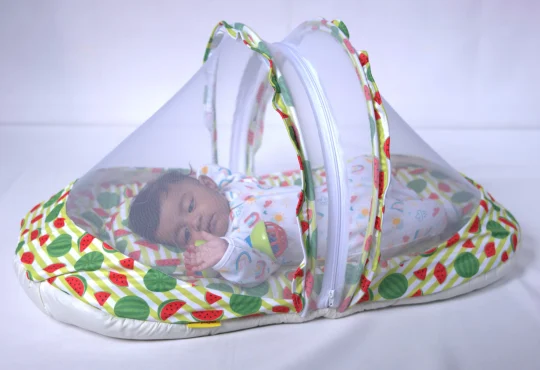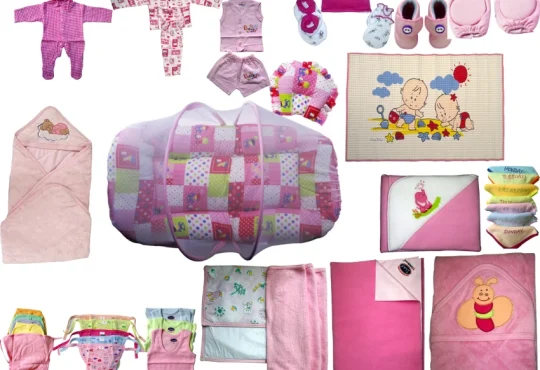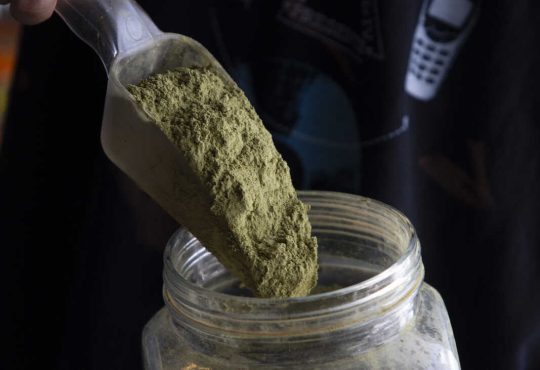
How To Choose An American Tent
Similar to the different parts of a tent, the material one decides to camp under must be directed by the type of outdoors one intends to make. Although it probably does not appear to be very significant, the materials used for the tents accompany their benefits and losses; some materials are much lighter, some require less support and some are more breathable, so it is worth knowing the advantages and disadvantages of each one.
A Cotton Tent
Great quality cotton from American Tent is seen as perhaps the best texture for tents. With a long life expectancy that effectively legitimizes its underlying expenditure, cotton is an incredible undertaking when contrasted and a manufactured tent, which presents much greater deterioration.

Waterproof Properties Of Cotton
The American Tent of common manufacture has a waterproof cover applied to them. In contrast to these, as a characteristic fiber, the waterproof properties of cotton emerge from its ability to assimilate water and then swell to fill the holes in the weave, preventing water from entering the texture. Besides, a durable water repellent (DWR) can be applied to allow the downpour to hit the globule and move out of the outer texture.
Long-Lasting Cotton
It is an acceptable practice outdoors, to acclimate another cotton tent before using it or after a long period of stocking. One splash in the tent with torrential rain or with the use of a hose. Then it is allowed to dry normally before redoing the interaction a few times. This “activates” the cotton filaments, allowing them to grow and contract. Some thick cotton fabric does not have to last, however, it is a great practice outdoors, as it allows one to look at the creases of the tent and work on the assembly before another shelter is used for the holidays.





